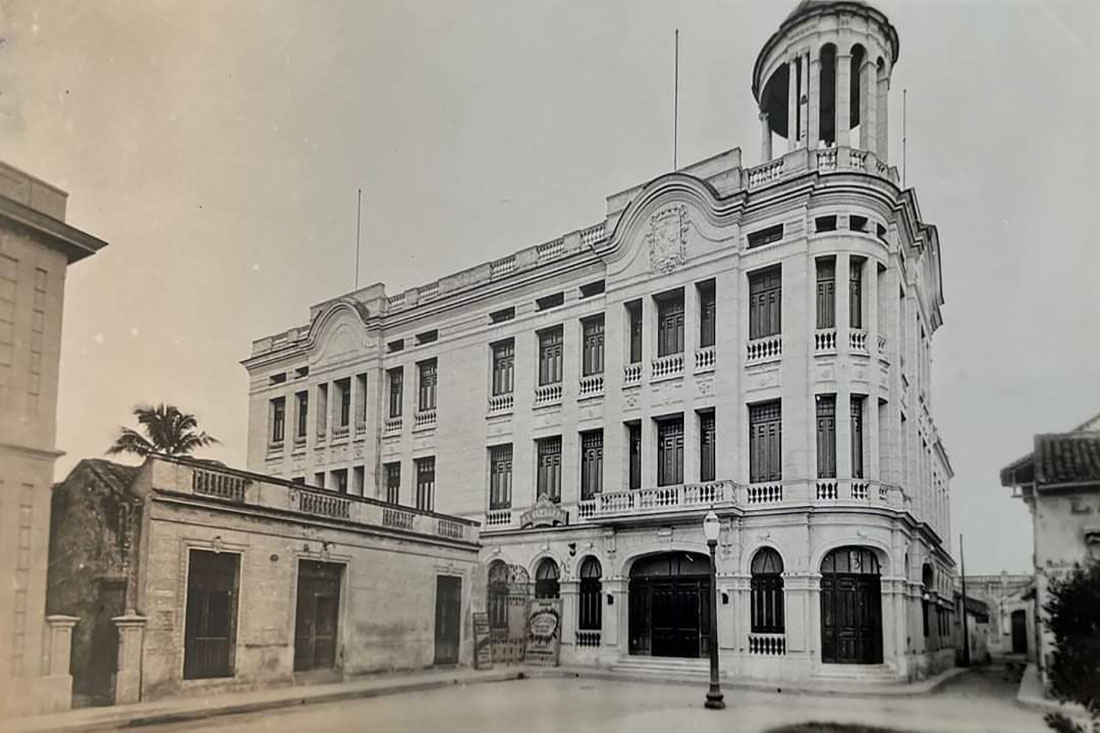In Camagüey in the second half of the 20th century, the José Martí Provincial School of Plastic Arts was founded. An institution that developed between contradictions and misunderstandings, but also in innumerable glories that are reflected until today. Camagüey’s society, recognized as one of the most enlightened in the country, did not receive in the best way, for the most part, the idea of this academy; They argued that it would be a reservoir of bad habits and inappropriate behavior.
Some distant examples of a plastic arts academy were seen in the city before 1950, but none managed to obtain official support, an example of which was the one created by Servando Pita. Since 1950, the first projections of what would officially be the first Academy of Plastic Arts in the city began to take shape. Its establishment was not until February 4th, 1952 in the Benemérita Popular Society Santa Cecilia with an enrollment of 332 students and 18 teachers. But it was on March 21st, 1953, by means of Decree 804 that, already president Fulgencio Batista, made it official.
The school was ruled by the same study plan as the San Alejandro Academy, which was the paradigm of the teaching of plastic arts in the country. It was divided into two courses: one elementary teaching period of two years, where students received the basic knowledge to learn to paint and mold; and a higher level with a four-year extension where trends, aspects, projections and specialization in the plastic arts were studied in detail. Classes were divided into three sections morning, afternoon and evening.
Most of the economic support that the school received from its beginnings was given by local authorities and merchants, unlike the official institutions of the State. The school moved to various locations in the city, its instability in this regard greatly conditioned the number of students it could take on and the loss of a large part of its documentary reservoir. Regarding the contradictions and misadventures that the academy experienced, Jorge Santos Caballero, a specialist on the subject, expressed:
It is not worth making references to the abandonment experienced by the institution between 1952 and 1962, to the needs, misunderstandings and climate of disagreement for it to initiate its steps, to the unfavorable cultural atmosphere, because despite everything it existed in the face of oscillation, abandonment and the confused mindsets that held back their prosperity.
The José Martí Provincial Academy of Plastic Arts closed in 1962 after the approval by the revolutionary government of the Law for the Nationalization of Education dated June 6th, 1961.
Its existence constituted a precedent for future artistic education in the city and trained several generations of plastic artists. It unified among the faculty, directors and students the most relevant personalities in this area at the time and demonstrated the great artistic quality that existed in the city. He managed to move artistic education from the capital to a province as far away as Camagüey and allowed breaking established moulds within a medium that pretended and exaggerated its culture.
Bibliography
Caballero, Santos. 2020. Entre esperanzas y desventuras: la Escuela Provincial de Artes Plásticas José Martí, de Camagüey (1952-1962). Editorial Ácana. Camagüey.






